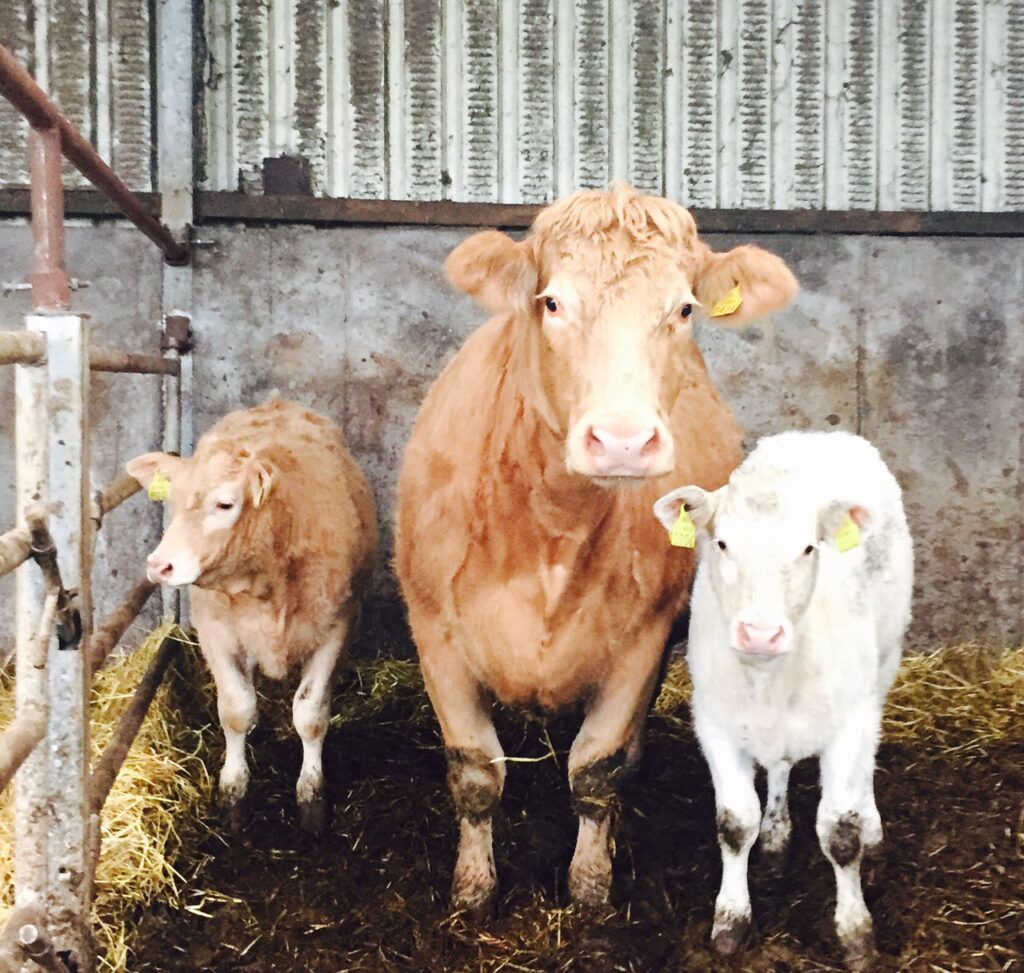As the Irish Cattle Breeding Federation (ICBF) has been sending out ‘5 Year Trend Reports’ to participating suckler farmers in the Beef Data and Genomics Programme (BDGP) and HerdPlus over the past number of weeks, it’s time to take a look at how the national suckler herd performed.
The report gives a breakdown of the six key performance indicators (KPIs) from the national suckler herd.
It illustrates a herd’s individual performance and compares it to the national herd and the top 10% of herds for each KPI.
The KPIs that are highlighted include:
- Replacement Index (for cows);
- Replacement Index (for 1st calvers);
- Herd calving interval;
- Calves per cow per year;
- Heifers calved at 24 months;
- Six-week calving rate.
To provide some analysis into how the national herd is performing, Aidan Murray, Teagasc beef specialist, gives a a run through of the changes made during the past five years.
Progression made in breeding
When reviewing the KPIs, Aidan first highlighted improvements made within the national herd in the previous five years. He stated:
KPIs such as Replacement Index for cows and first-time calvers have shown a gradual improvement since 2016 – with the first-time calvers showing the biggest improvement, increasing from €72 to €87.
“The six-week calving rate also improved slightly, going from 51% to 53%.”
Although, there has been some fluctuations amongst other KPIs, such as calving interval, calves/cow/year and heifers calved at 22-26 months. He added:
“It is noticeable, for example, how calving interval was lowest in 2016 at 392 days; it peaked in 2019 at 402 days and dropped to 395 days in 2020.
“It is one of those KPIs that is likely to continue to bounce around at national average level as it is impacted on environmental factors, as the drought of 2018 impacted on the 2019 figure.”
Room for improvement
There is room for improvement when it comes to KPIs, such as the heifers calving down at 22-26 months and the six-week calving rate, according to Aidan.
He explained: “Farmers have concerns centred around heifers being too small at bulling, too difficult to calf, they won’t calve down again as second calvers or it will stunt them.
“Let us take a look at some of the arguments. Firstly, we are not asking people to take a step into the unknown. The blueprints are there in terms of target bulling weights, weight at first calving, etc.
“If you can have heifers at 60% of their mature weight at bulling, they are on target. So, a mature cow weight of 700kg will need heifers to be around 420kgs at bulling.
The notion that calving at 22-26 months will stunt their growth is simply not true.
He added:
“Time and time again at open days and farm walks we have demonstrated heifers that have calved at two-years-old, have matured into 700kg plus cows and are able to calve down again as second, third and fourth calvers.
“I do have to concede though that heifers are more troublesome at calving. However, that is true of all heifers, as ICBF figures have shown. It is not uncommon that over 50% of all heifers calving need some level of assistance at calving, irrespective of their age at first calving.
“But, we have a level of control here by having them sufficiently well-grown at calving, but more importantly we breed them to the correct bull. We need to use proven easy calving bulls with no greater heifer calving difficulty than 7.5%.”
Compacting the calving season
Reducing the spread of calvings in suckler herds is another area which Aidan believes further improvements can be made.
“Currently in spring calving herds only 53% of cows are calving in the first six weeks, with the top 10% of herds achieving over 90-95%.
It might seem a bit daunting to have a big number of cows calving in such a short space of time but, if you have reasonable facilities, it can be done. Bear in mind, our average herd size is only around 18 cows.
“If you are working part-time, it can often make more sense to do it this way as it will streamline your labour demands around calving and, subsequently, when it comes to dehorning and dosing stock. For every weanling producer, it will mean heavier calves at sale time.
“Every month earlier that the calf is on the ground before sale time gives you an extra 30-40kgs liveweight to go to the ring with,” he concluded.

